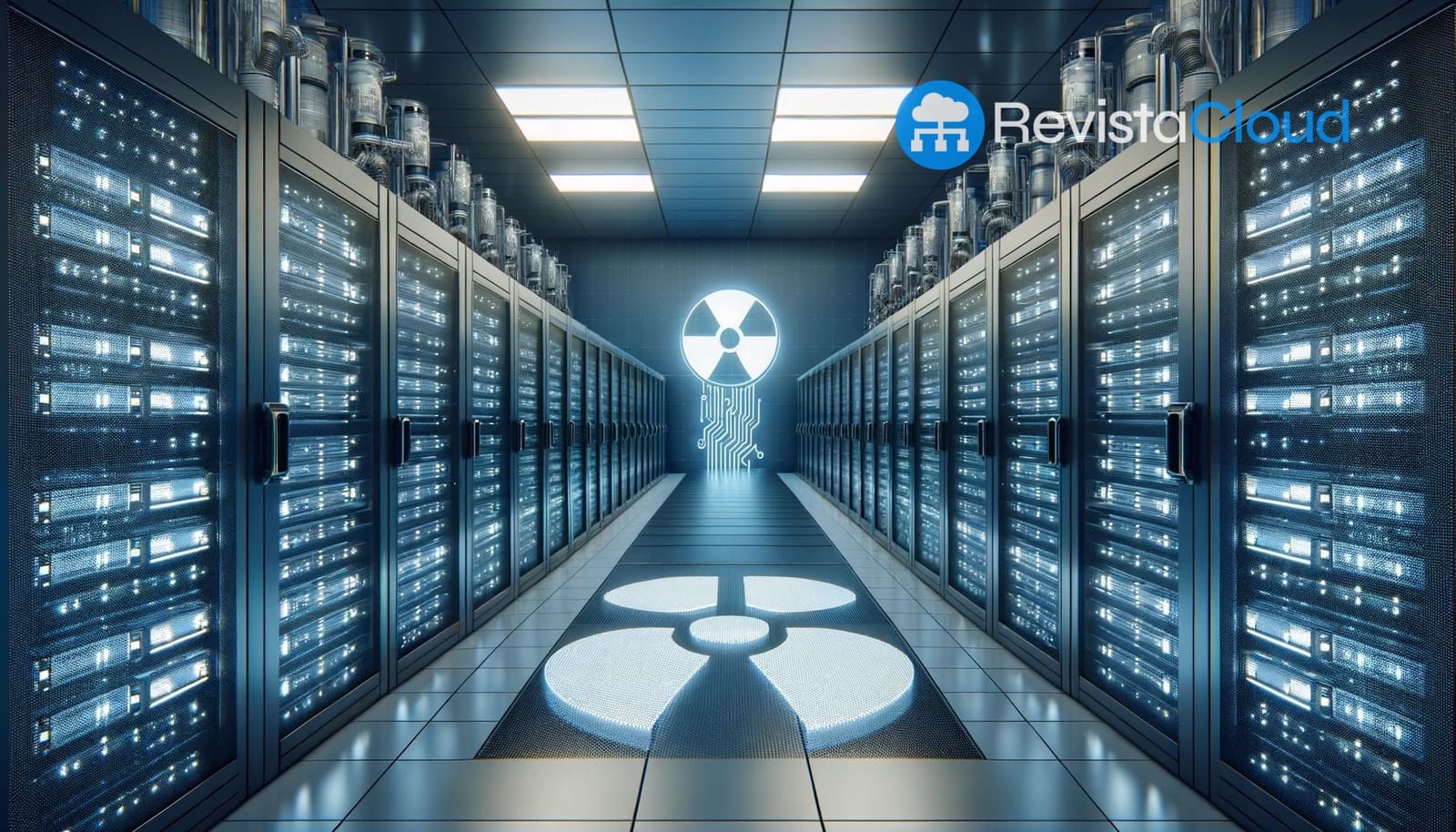The price of uranium has reached an all-time high, sitting at $190 per separative work unit (SWU), a key measure in the enrichment of this element used as nuclear fuel. This figure represents a significant increase compared to the $56 recorded just three years ago. The main reason behind this rise is the growing demand for nuclear energy to power data centers dedicated to artificial intelligence (AI), a sector that is transforming global energy infrastructures.
AI Drives the Transition to Nuclear Energy
With the exponential increase in energy consumption of data centers, especially those focused on training and running advanced AI models, major tech companies have begun to turn to nuclear energy as a sustainable and reliable solution. Nuclear energy presents itself as a viable option to ensure a steady supply and reduce the carbon footprint associated with the use of fossil fuels.
Companies like Amazon Web Services (AWS) and Microsoft have struck deals to acquire electricity generated from nuclear plants, while Meta has launched initiatives to identify developers who can contribute to additional nuclear generation capacity in the United States. Additionally, the implementation of small modular reactors (SMRs) is gaining traction as a complementary technology to meet the energy needs of data centers.
The Role of Small Modular Reactors (SMRs)
SMRs represent an innovative solution for nuclear power generation. These compact reactors, designed to operate flexibly and efficiently, are ideal for locations near data centers and other critical facilities. AWS has announced agreements to develop advanced SMRs in collaboration with consortiums such as Energy Northwest in the United States, while other companies, like Google, have established contracts for similar projects with firms such as Kairos Power.
These modular reactors are especially attractive due to their ability to adapt to specific energy consumption needs, as well as their lower implementation costs compared to traditional nuclear plants. These technologies are expected to go into operation over the next decade, helping to meet the growing energy demand.
Constraints on Global Uranium Supply
Despite the increase in demand, the supply of uranium faces multiple constraints. Currently, a significant percentage of enriched uranium consumed in Western markets, including the United States, comes from Russia. However, international sanctions and trade restrictions have significantly reduced access to this material. As new regulations approach, such as the expiration of import exemptions in 2027, the prospects for uranium availability become even more uncertain.
Outside of Russia, countries with uranium enrichment and conversion capabilities include France, the United States, and Canada, but these facilities are not sufficient to cover the growing demand. Additionally, the construction of new plants faces logistical and financial challenges that hinder a quick response to the supply deficit.
Impact on Prices and Availability Risks
The rise in uranium prices is driven both by supply constraints and the lack of new extraction and enrichment projects. The world’s leading producer, Kazatomprom, based in Kazakhstan, has reported that its production is below expectations, which could further exacerbate the situation. Moreover, the material produced in Kazakhstan is increasingly being directed to Asian markets, such as China and Russia, leaving less availability for Western countries.
In this context, uranium prices are expected to continue rising in the short and medium term. Limitations in conversion and enrichment capacity are also prompting companies to diversify their supply sources and consider alternatives such as developing new mines and nuclear fuel recycling technologies.
The Future of Nuclear Energy in the Age of Artificial Intelligence
The increasing reliance on nuclear energy by data centers represents a significant shift in how energy consumption is approached in the digital age. While the challenges in supply and regulatory constraints are considerable, investment in new technologies and uranium sources could help mitigate these issues in the long term.
With the rise of artificial intelligence and the global expansion of data centers, nuclear energy positions itself as a key solution to ensure a reliable, sustainable, and efficient supply. However, the success of this transition will depend on the ability of governments and businesses to address market limitations and foster innovation in the energy sector.

